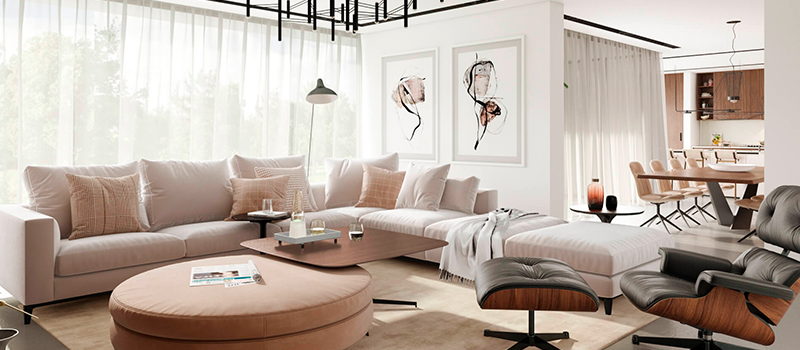
Today, many CGI studios offer virtual staging services. However, it can be quite difficult for an untrained eye to distinguish high-quality digital staging from sloppy amateurish work. Which means many realtors end up with mediocre, if not completely unsatisfactory results, for the price of professional CGI services.
Naturally, badly done images won’t receive the expected response from the prospects. Or even worse, they could actually form a strongly negative opinion among potential buyers extending to all the realtor’s listings. In fact, even those who have been using virtual staging services for a while already are still experiencing this problem.
Now, this doesn’t mean it’s time to get all disappointed here and go back to physical staging or whatever there was. And for those who are only planning to start using CGI services in their work, it’s definitely not a call to stop searching for the best virtual staging company. On the contrary, this article is meant to help realtors learn how to distinguish high-quality digital staging from the opposite. It’s even broken down into 7 easy check-points, so let’s see what to look for in virtually staged images to know if they are going to sell.
#1. Photorealism
To begin with, the overall perception of an image by a prospect should be positive even before they start looking into details. First impressions are key, right? The best virtual staging must in no case produce a feeling of being deceived, so the pictures must be photorealistic. Here, one should pay attention to the quality of 3D models – the staging items used in the scene. All the objects must be of high quality, have realistic shapes and proportions, with no edges too sharp or too blurred, and so on. Generally, the results of the best virtual staging look like photographs that could be placed in a fancy lifestyle magazine. That’s the goal.
#2. Selection of Furniture and Decor
Professional virtual stagers are trained in interior design, so the staging objects they choose should fit into the space harmonically, creating a certain lifestyle mood. At this point, it’s important that the chosen furniture and decor pieces don’t clutter the room. On the contrary, they serve to highlight the best features of it, whether it’s large square footage, coziness, or tall windows giving a lot of natural light. Furthermore, the furniture arrangements themselves shouldn’t just fill the space. They must be selected and placed in a way that captures a prospect’s interest. To put it simply, virtual staging items must make the property look attractive to the buyers.
#3. Quality of Materials and Textures
As one takes a closer look at a virtually staged image, it should be easy to tell what materials the staging items are “made of”. For example, that wood must look like wood, glass should be different from plastic, and any plants or fruit bowls that might be in a scene should look organic. Textures of every object must be high-quality and perfectly scaled to fit their size. Poor scaling can often be spotted on things like floor planks or tiles, so one should check those first. That is because amateur 3D artists often don’t bother to find good references and adjust the size of textures to the size of the 3D models they are working on.
#4. Lighting and Shadowing
Creating a professional virtual furniture layout makes the basis for high-quality staging, but that’s not everything. A great deal of a prospect’s impression of an image depends on the lights and shadows in it. It’s obvious that it shouldn’t be too bright nor too dark, but there’s more to it. First off, all the shadows and reflections must be present exactly where they would be in a real setting. Then, it’s better when there are multiple light sources. Windows are the best ones, of course, but that’s usually not enough, especially if a room is large. So, adding artificial light sources to brighten the space evenly will make the property look more attractive to a buyer’s eye.
Next, having dark corners and shadows that cover other objects is not good. In this case, a virtual stager must either reduce the intensity and depth of the shadowing or rearrange the items in a scene if that doesn’t help. Finally, all the objects must be blended into the setting seamlessly, so it looks like they were actually photographed in that room and not taken from different CGI sources to be placed there.
#5. Proportions of Objects
It is probably obvious enough that all the virtual staging items in a scene should be scaled according to the actual dimensions of the room and regarding each other. However, some producers of low-quality digital staging services do manage to get by with images where, say, a 3-seater sofa could fit a school bus and a coffee table next to it couldn’t fit a cup of, well, coffee. To not become a victim of such CGI companies, a realtor must always keep in mind the end goal of it all, which is getting the attention and interest of prospects, ultimately boosting property sales.
While the quite exaggerated but illustrative example from above tells about an easy-to-spot thing, there might be a more elusive problem. The one of adjusting the size of staging items according to the measurements of the place. An amateur can disregard that completely and, as a result, the prospects will be misled into thinking the property is more or less spacious than it really is. And so, they won’t even request a tour. Even though the square footage is always listed as the primary information about a place, not many people can accurately picture those dimensions and prefer to trust their eyes. So, the realtor must make sure that the pictures they look at are as informative and realistic as possible.
#6. Perfect Horizontal and Vertical Axes
The best virtual staging companies usually provide instructions for realtors on how to best take pictures of property so that they are good to work with. However, it is practically impossible to make absolutely perfect photos, and no one actually expects that. Professional virtual stagers always make adjustments to the original photos. They correct any distortion there might be, adjusting the horizontal and vertical axes so that they make perfectly straight lines. The horizontal axis is the most important one here. Therefore, if an image appears tilted along the horizontal axis or the walls look distorted, nothing else matters – the image is unusable and the company that made it is a fraud.
#7. Appropriate Style Choices
Last but not least, the style. This one is not about how beautiful an interior looks, but how appropriate it is in the context of the property’s price, neighborhood, etc. Then, a balance should always be maintained between creating a scene that is too generic and something with a wild burst of imagination. The interiors should look rather neutral to appeal to a wider audience, as well as to not get too much attention, considering they are just CGI. At the same time, if a property has some particular features that need to be communicated to a certain segment of the buyers, it can be done. But again, only a professional 3D artist knows what visuals will send the right message.
Well, here we are, at the end of the checklist. Hopefully, it will aid realtors in their search for the best virtual staging companies. One thing to remember here is that the quality of virtual staging should correlate with the significance of a realtor’s work itself. Buying real estate is a big thing. For most people, it only happens once in their lifetime. Therefore, putting up low-quality pictures of real estate for sale could be compared to putting a $20 sticker on a $200,000 car. So, those who really want to respect their clients and improve their sales will find it useful to have this simple 7-step checklist to always be sure that their staging is on point.
Looking for the best virtual staging services? Then contact us and get just that with a 48-hour turnaround time and unlimited free revisions. Make your clients happy and your properties desirable like never before!

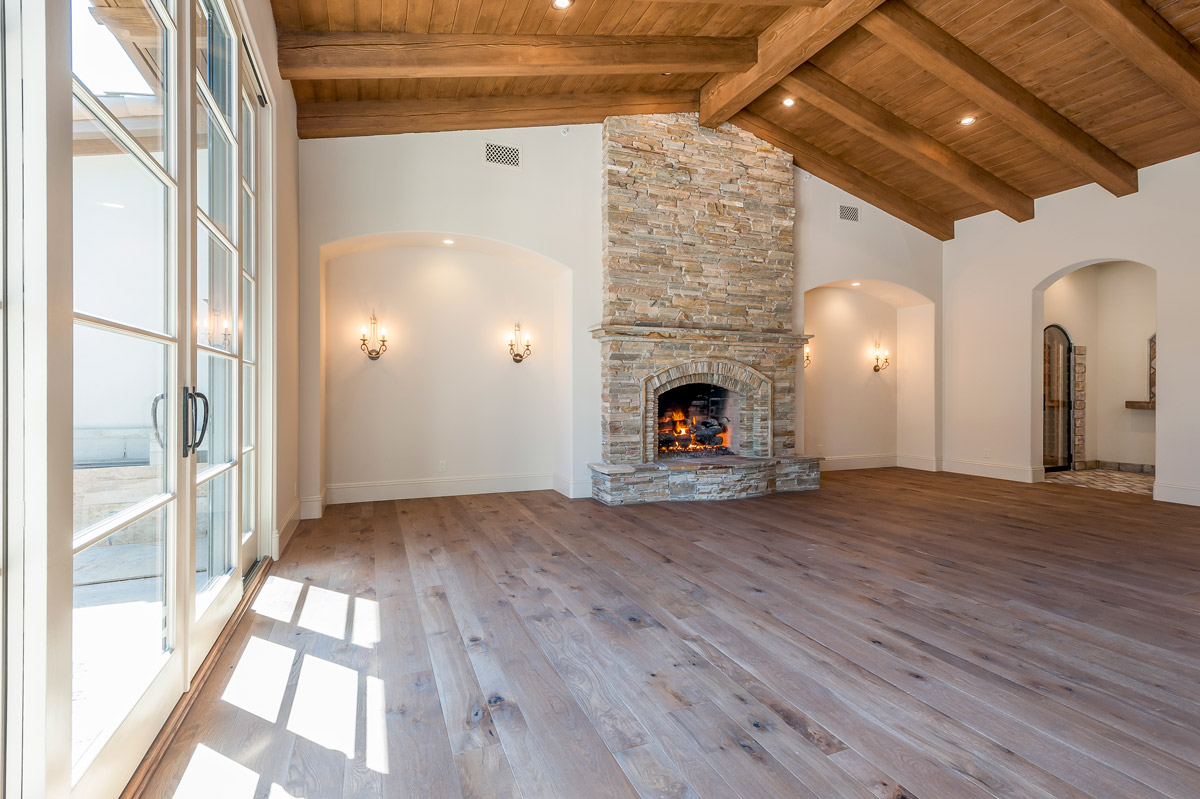
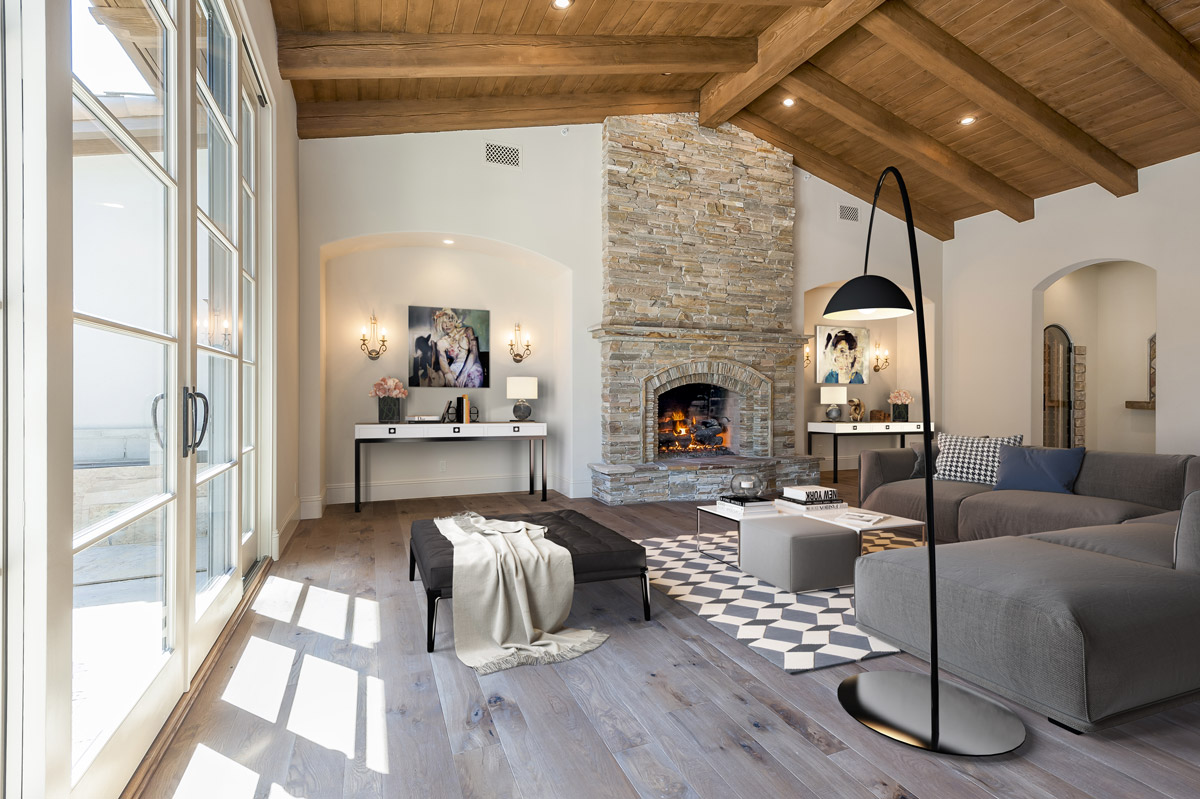
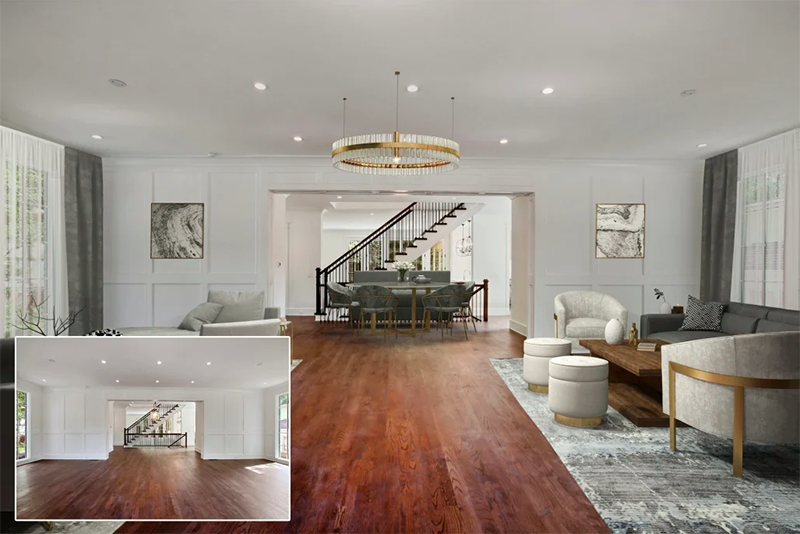
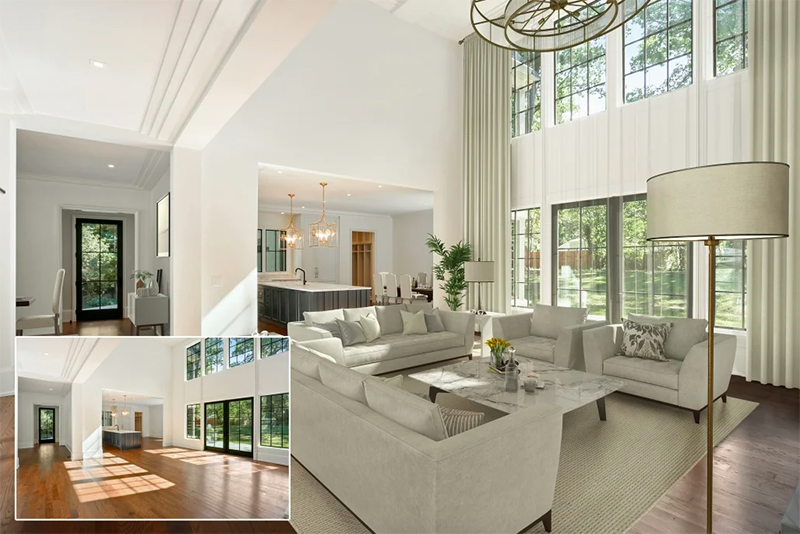
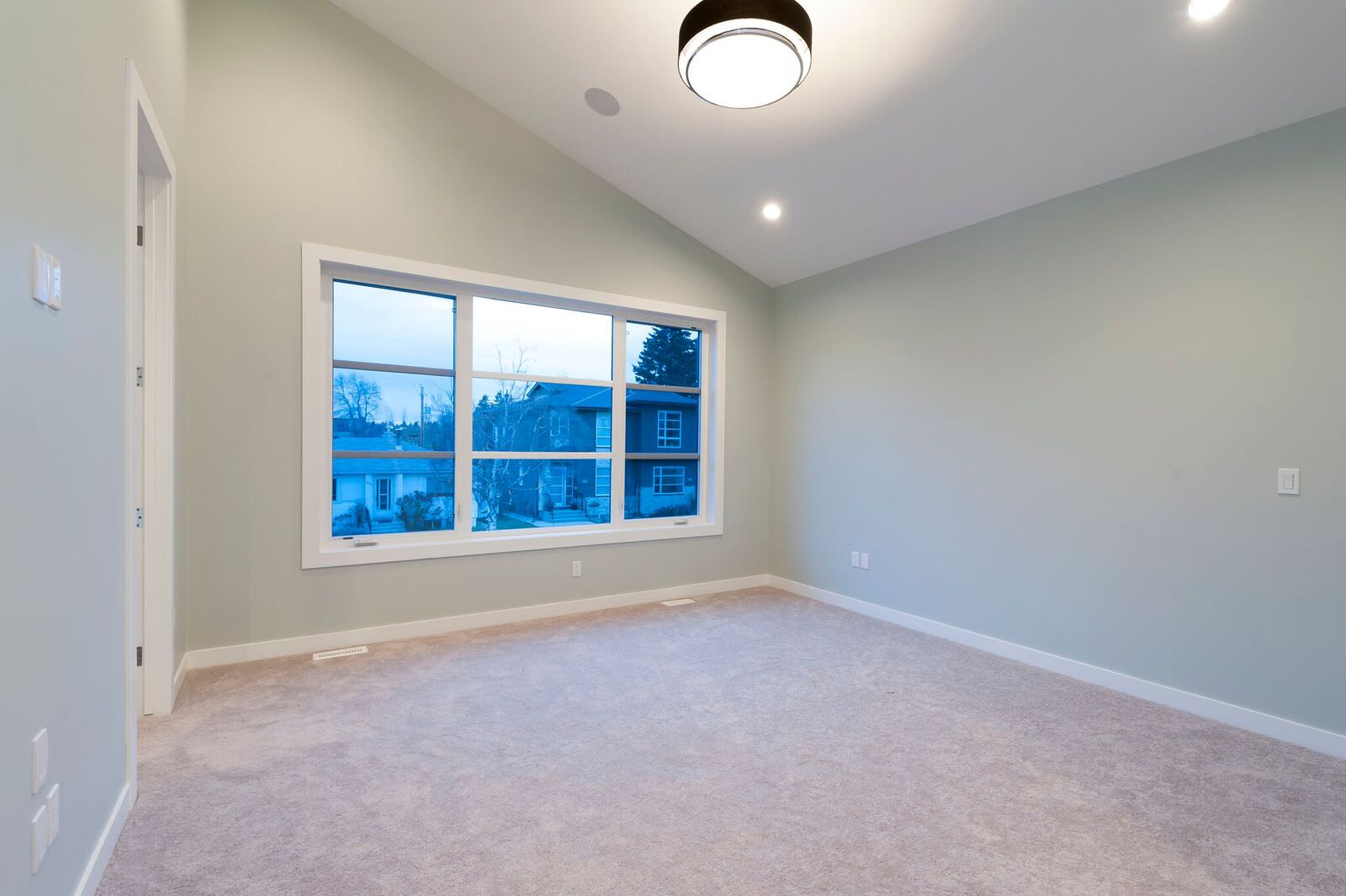
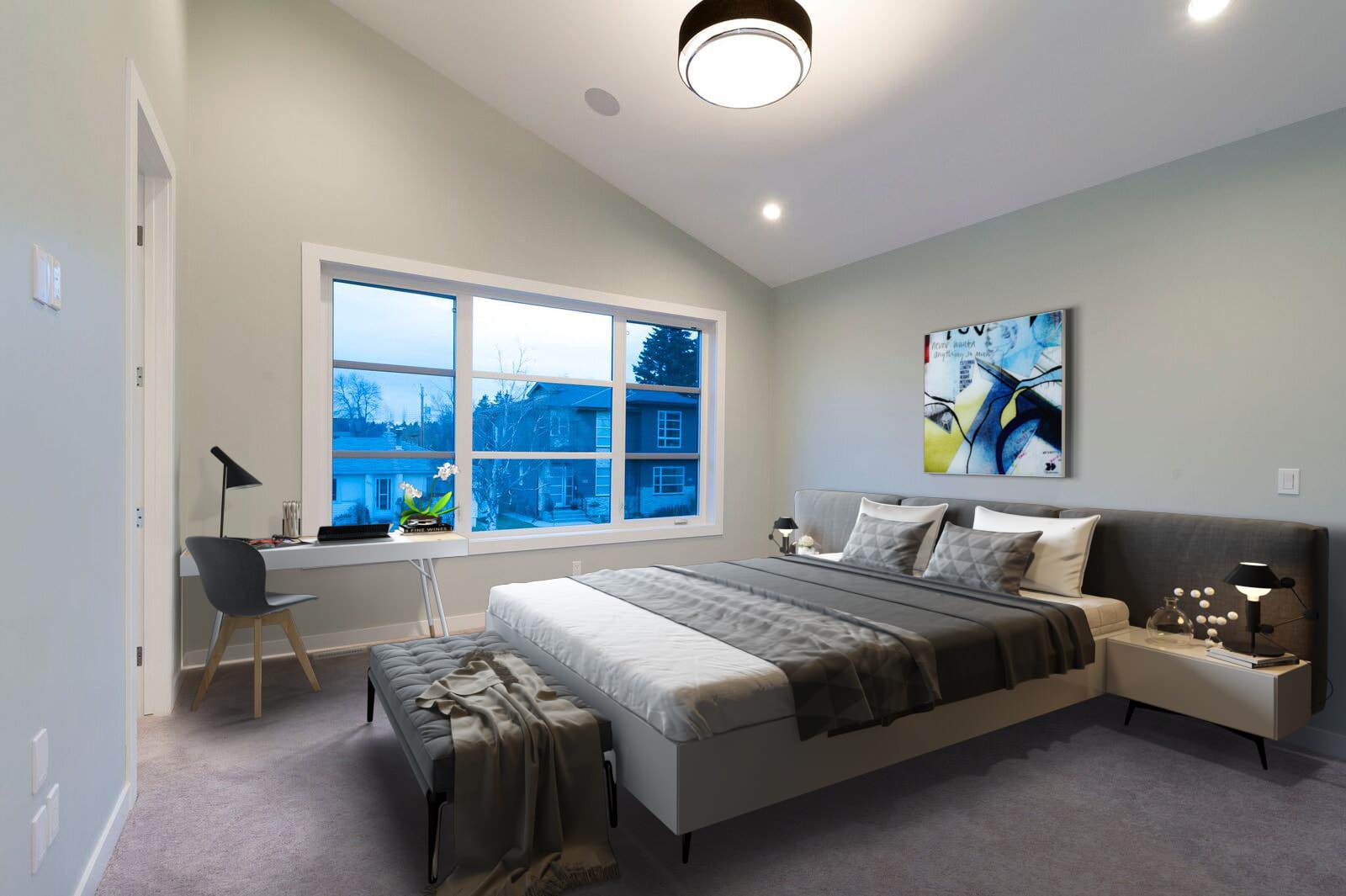
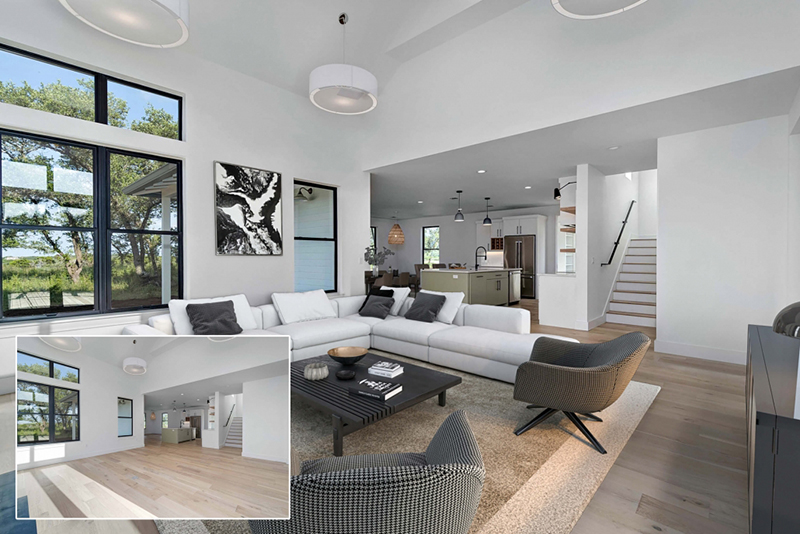
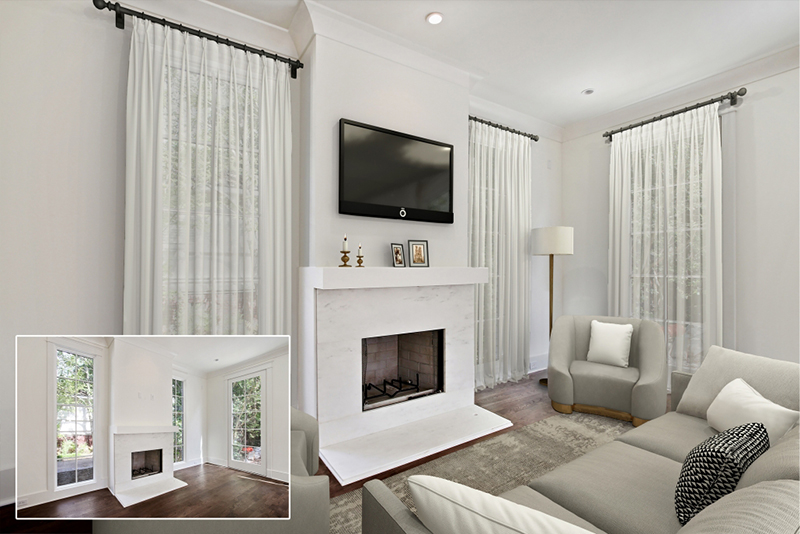

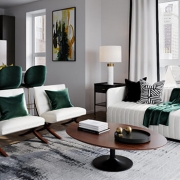



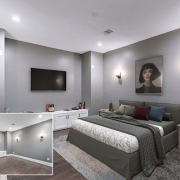


Leave a Reply
Want to join the discussion?Feel free to contribute!